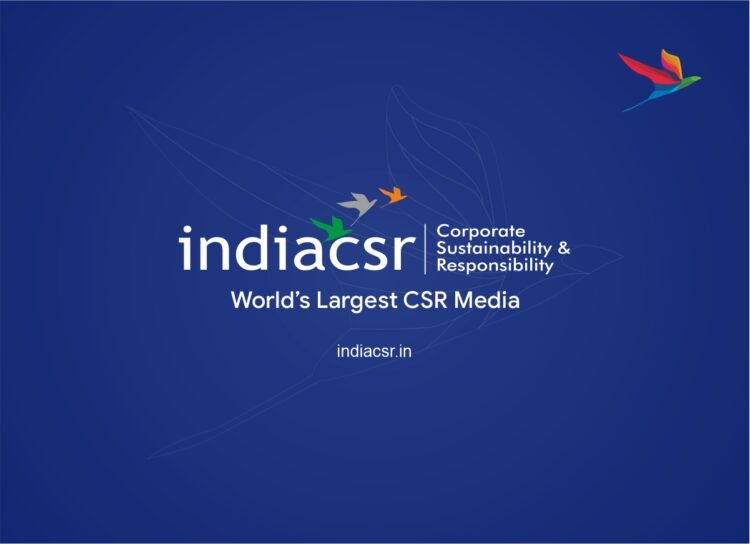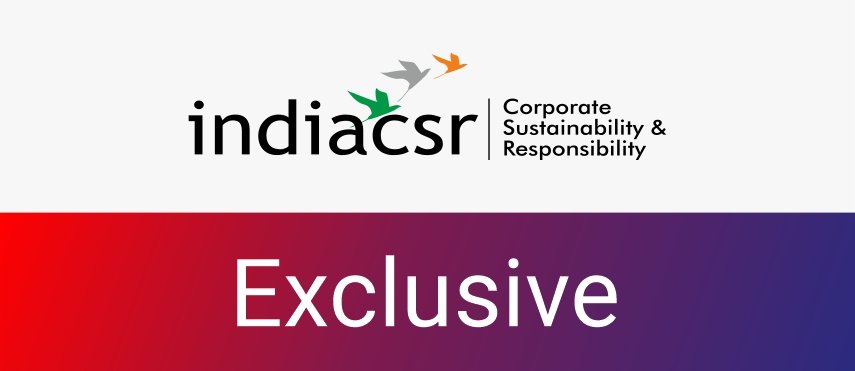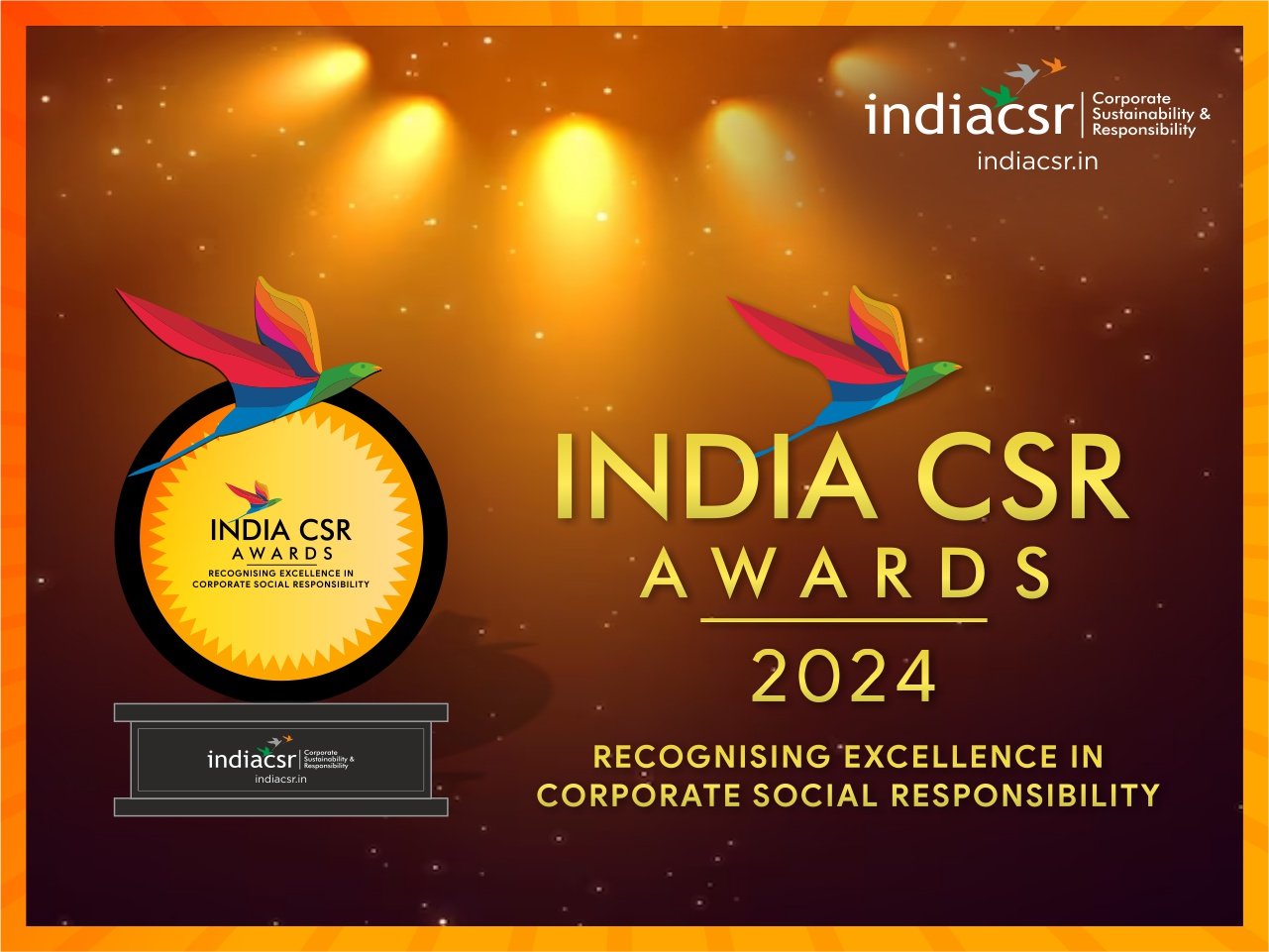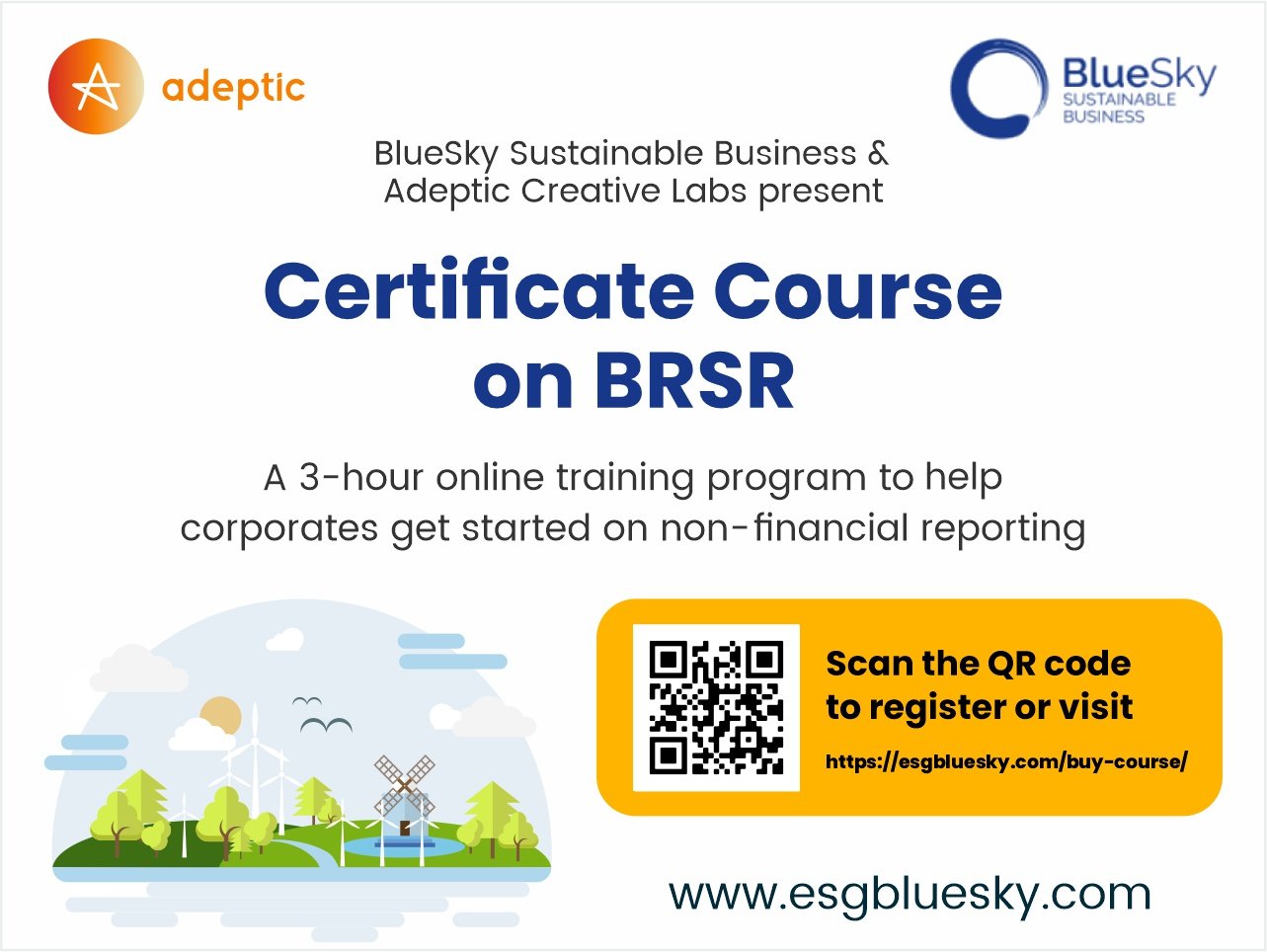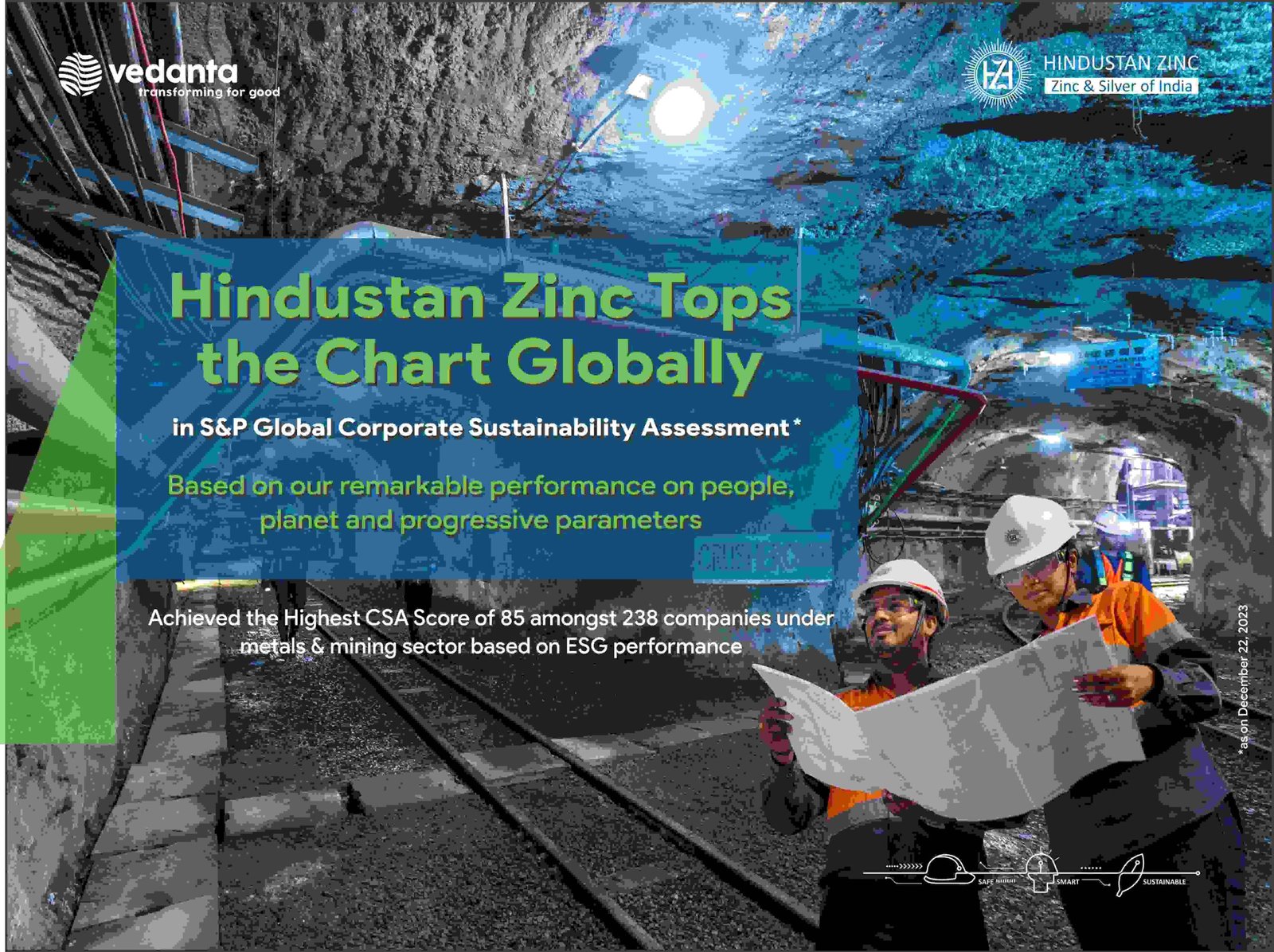By Krishna Thacker
Financial inclusion evolved from a need to provide low-income people with financial services that can positively influence their personal financial health.
Over the past several decades, financial inclusion grew from roots in simple, small loans to encompass the basic financial services that provide a healthy financial future for millions across the world.
Mid 1970s to early 2000s
Microcredit is born as Muhammad Yunus (who would go on to win the Nobel Peace Prize 30 years later) makes his first loan of $27 out of his pocket in 1976 to a group of women weavers in his native Bangladesh.
The microcredit methodology expands beyond Asia to other regions, especially Latin America. Most providers are non-profit NGOs (nongovernmental organizations).
Early to late 2000s
Microfinance becomes the term of art. This shift reflected the growing understanding that low-income people wanted and needed more than credit: they wanted financial services including savings, insurance, asset-leasing, pensions, and more.
As the term microcredit falls out of favor and is replaced by microfinance (and also access to finance), there is a corresponding shift in the profile of providers. Credit-only NGOs begin transforming into regulated institutions licensed to accept deposit savings, and commercial banks begin providing services to lower market segments.
Beginning in the early 2010s
Financial inclusion (along with financial health and asset building) captures the reality that specialized financial institutions aimed at low-income people are unlikely to meet the financial needs for the 2 billion people without even a basic bank account. Despite all its successes, the microfinance industry still reaches only about 200 million people – or about 10 percent of the global need.
Financial inclusion is about leveraging existing financial players (e.g., banks, microfinance institutions, insurers, government pension programs) and connecting them to each other and to nonfinancial players (e.g., mobile network operators, retail outlets with large operating footprints) to scale up outreach bigger and faster than specialized providers could do by themselves.
About the author:
Krishna Thacker workes with MetLife Foundation
You may also like:
- A Brief History of Financial Inclusion
- MetLife Foundation innovative socio-economic program to empower poor families in Jharkhand
- CSR: Infosys Foundation Asha Nivas Dharamshala Inaugurated at the Tata Memorial Centre Campus
- Jharkhand Govt. asks all industries to deposit 50% of its mandated CSR budget to its Agency
- Enhancing Effectiveness of Tomorrow’s Boards: Issues and Questions for Board Chairs



